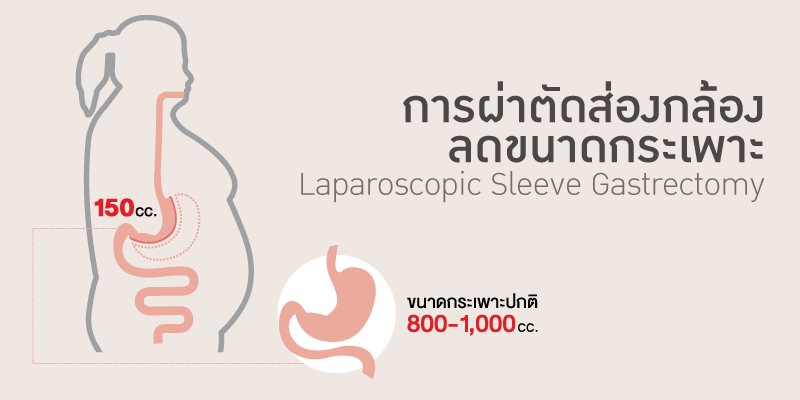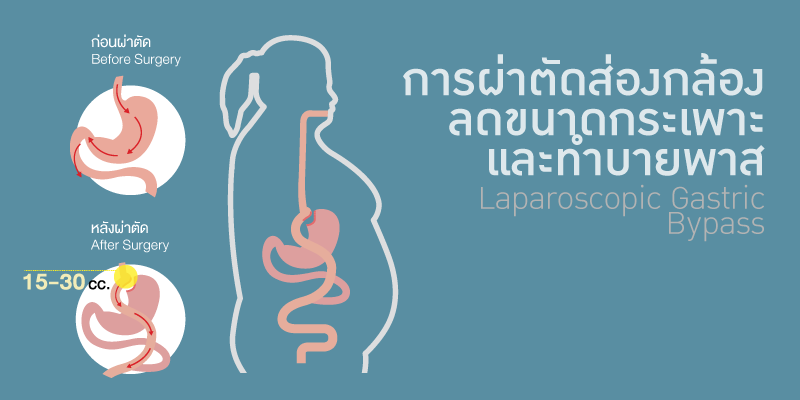The stomach and its ability to absorb nutrients is reduced so that the body will convert the excess fat deposits into energy. The procedure has long-term effectiveness for patients who cannot treat their obesity via other means. Non-surgical treatments for obesity always carry a risk of relapse in which the accompanying comorbidities and complications tend to increase in severity and resistance to treatment.
Over 800 patients have received comprehensive and holistic treatment by our medical team with specialisms such as laparoscopic and bariatric surgery, diabetic and metabolic medicine, rehabilitation, behavioral therapy, dietetics and specialist nursing. Our team is ready to offer close support throughout the treatment.
Types of Bariatric Surgery

1. Laparoscopic Gastric Banding
A silicone band is placed around the upper part of the stomach, reducing its volume to approximately 30 cc. The patient will feel full quickly after eating small amounts of food.

2. Laparoscopic Sleeve Gastrectomy
80% of the stomach, including the part which produces hunger hormones, is removed, leaving a smaller, banana-shaped stomach of about 150 cc in volume. This is a minimally invasive surgical procedure where 0.5 cm incisions are made for the specialized tool which cuts and staples the stomach at the same time.

3. Laparoscopic Gastric Bypass
This keyhole surgery is performed to reduce the size of the stomach to a pouch of approximately 30cc in capacity. The intestines are then divided into two sections, with the 100-150cm section re-routed to bypass the original stomach. For over 50 years this has been a standard surgical procedure for stomach restriction.
Bariatric Surgery Comparison Chart
